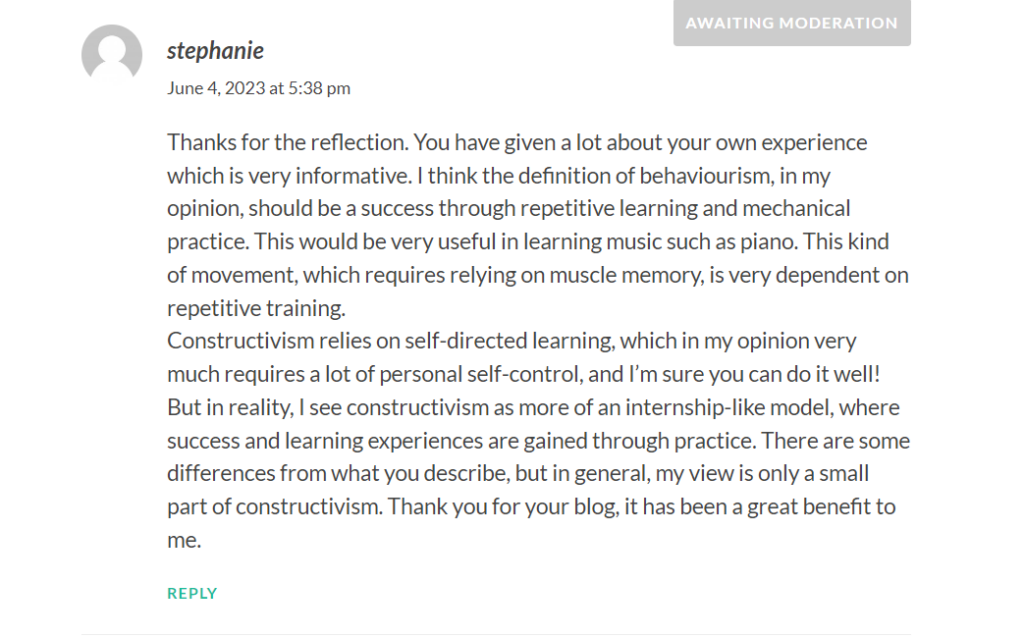In my course, I will build the course with equity in mind. The first thing that needs to be included in my syllabus is a diversity, equity, and inclusion statement. When constructing the statement, students’ ethnicity, age, gender, social status, religion, physical disability, etc. need to be considered. In addition to this, not every student in the course can participate in discussions in real-time and have sufficient internet access or adequate technological resources at all times to maximize their learning potential. Therefore, I will conduct the course in an asynchronous format in order to enhance students’ discussion skills. And take into account that in distance courses, some students are not in the same time zone as other students. I will consider modifying the attendance and participation requirements to make the time for students to submit and check the discussion content more relaxed for those who participate in the discussion skills improvement course and practice the skills. This would allow all students to participate in the discussion skills improvement exercises (Arbizo, 2020). In addition, for students with disabilities and those who are not very verbal, the online discussion sessions will help them to escape the negative perceptions of others and stimulate their learning potential. Furthermore, I will offer my help to all students who need it, including the opportunity to meet each other at the beginning of the course. Although it may be more challenging to make these connections in a virtual environment. I will set up a discussion page (2020) before the start of each week and invite students to participate by discussing simple “get to know you” tips. For example, what is your favourite animal? Why do you like this animal? Questions such as. Over the course of several weeks, students will comment on each other and answer questions to get a basic understanding of each other. This will help them to be more outgoing in their discussions.
Reference
Arbizo, A. (2020, June 15). Create an inclusive class climate online. Keep Teaching. https://keepteaching.ucdavis.edu/teach/create-inclusive-class-environment-online




Recent Comments